
Do you have a question about the Mitsubishi 2015 OUTLANDER SPORT/RVR and is the answer not in the manual?
| Brand | Mitsubishi |
|---|---|
| Model | 2015 OUTLANDER SPORT/RVR |
| Category | Automobile |
| Language | English |
Provides a summary of the instruments and controls section.
Summarizes the interior components and features of the vehicle.
Describes the components and layout of the luggage compartment.
Details the exterior features and components of the vehicle.
Addresses issues with turning the ignition key and potential causes.
Provides solutions for when the engine fails to start using the switch.
Explains troubleshooting steps for the Free-hand Advanced Security Transmitter.
Explains how to resolve issues with shifting out of PARK position.
Offers solutions for dealing with fogged windows.
Addresses common starting and electrical issues with the vehicle.
Provides guidance for engine overheating warnings and steam from the engine.
Offers advice on how to free a vehicle stuck in difficult terrain.
Explains how to dry brakes after water exposure and potential issues.
Addresses issues with the Continuously Variable Transmission shifting.
Provides instructions on how to handle a flat tire situation.
Details the recommended fuel types and octane requirements for the vehicle.
Provides instructions and safety precautions for refueling the vehicle.
Discusses the implications and warranty coverage of vehicle modifications.
Emphasizes the importance and benefits of using genuine manufacturer parts.
Warns about the risks and procedures for altering electrical or fuel systems.
Addresses specific material requirements related to California regulations.
Covers front and rear seat adjustments, armrests, and heated seats.
Explains proper seat belt usage, adjustability, and safety features.
Provides guidelines for selecting and installing child safety seats.
Details the function, components, and safety precautions of the vehicle's airbag system.
Offers advice for the initial driving period to ensure optimal vehicle performance.
Explains the types of keys provided and their basic functions.
Describes the vehicle's anti-theft system and its operation.
Details how to use the keyless entry system for locking and unlocking.
Explains the operation and features of the keyless entry and starting system.
Covers manual and power door locking and unlocking procedures.
Explains how to operate the power door lock switch for all doors and the liftgate.
Details how to activate child safety locks to prevent rear door opening.
Provides instructions for opening and closing the vehicle's liftgate.
Explains how to open the liftgate from inside the vehicle, especially when the battery is dead.
Describes the operation, arming, and disarming of the vehicle's theft alarm system.
Explains the operation of the vehicle's power windows using main and sub switches.
Details how to operate the sunshade and safety precautions.
Covers the operation, lever stroke, and safety aspects of the parking brake.
Explains how to adjust the steering wheel for optimal driving position.
Details how to adjust the inside rearview mirror for visibility and glare reduction.
Explains how to adjust the outside rearview mirrors and their features.
Describes the different positions of the ignition switch and their functions.
Provides detailed steps and tips for starting the vehicle's engine.
Explains the operation and features of the manual transaxle.
Covers the operation and modes of the CVT system.
Explains the different drive modes and their operation.
Provides guidance on operating the vehicle in various adverse conditions.
Details the operation and maintenance of the vehicle's service brake system.
Explains how the hill start assist system functions and how to use it.
Describes the function and operation of the brake assist system.
Explains the operation, driving hints, and warning lights of the ABS.
Details the operation and features of the electric power steering system.
Explains the ASC system, its functions, warnings, and operation.
Covers the activation, operation, and deactivation of the cruise control system.
Explains the TPMS operation, warning lights, and troubleshooting.
Details the operation, location, and reference lines of the rear-view camera.
Provides an overview of the instrument cluster and its indicators.
Explains the various displays and information shown on the multi-information screen.
Lists and explains all indicator, warning lights, and information screen displays.
Highlights important safety considerations for driving utility vehicles.
Offers recommendations for achieving better fuel economy through driving habits.
Emphasizes the dangers of driving under the influence of alcohol or drugs.
Provides critical safety information regarding floor mat installation and interference.
Outlines essential pre-driving checks for safety and vehicle readiness.
Offers advice on defensive driving, maintaining distance, and anticipating events.
Provides precautions and procedures for driving in cold weather conditions.
Covers essential braking information, including checks for wet brakes.
Details proper parking procedures, including on hills and with the engine running.
Explains vehicle capacity weight and terms related to loading.
Guides on calculating cargo load capacity and precautions.
Provides information and warnings regarding trailer towing procedures.
Explains the location and purpose of various vehicle identification and information labels.
Lists the overall dimensions and wheelbase of the vehicle.
Provides gross vehicle weight rating and axle weight ratings.
Details the technical specifications of the vehicle's engine.
Specifies the battery type and voltage used in the vehicle.
Lists tire sizes, wheel specifications, and compatible devices.
Details fluid capacities and lubricant types for various vehicle systems.
Provides a template for recording fuel consumption data to calculate mileage.
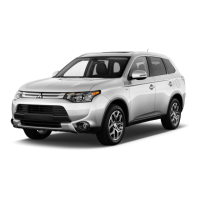
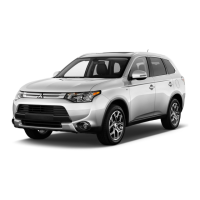
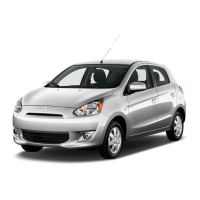
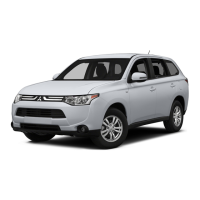
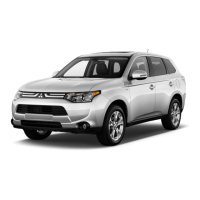


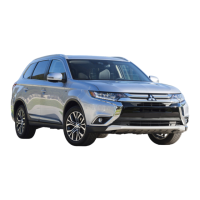


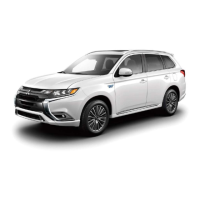
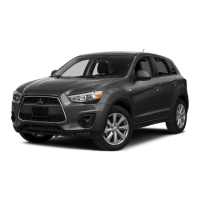
